
Drawn by Nature: Citizen science helps counter climate anxiety
Volunteers fill data gaps, help with vital programs
67 posts

Volunteers fill data gaps, help with vital programs
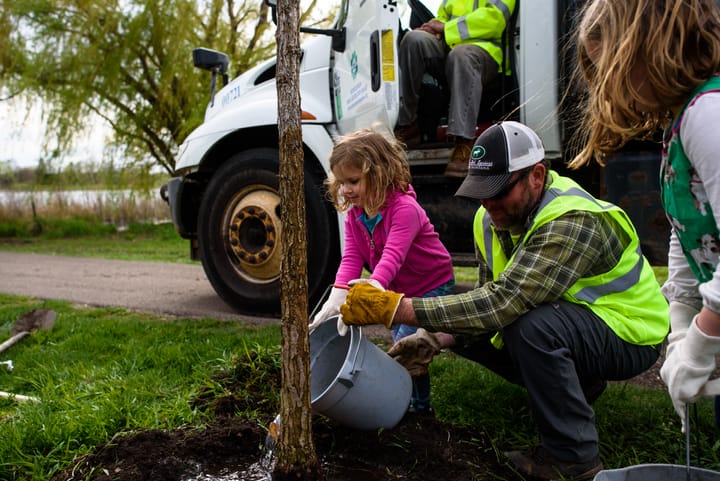
With diminishing public money for urban forestry, carbon offset markets are rising to meet funding gaps. One small nonprofit is leading the way in Minnesota.
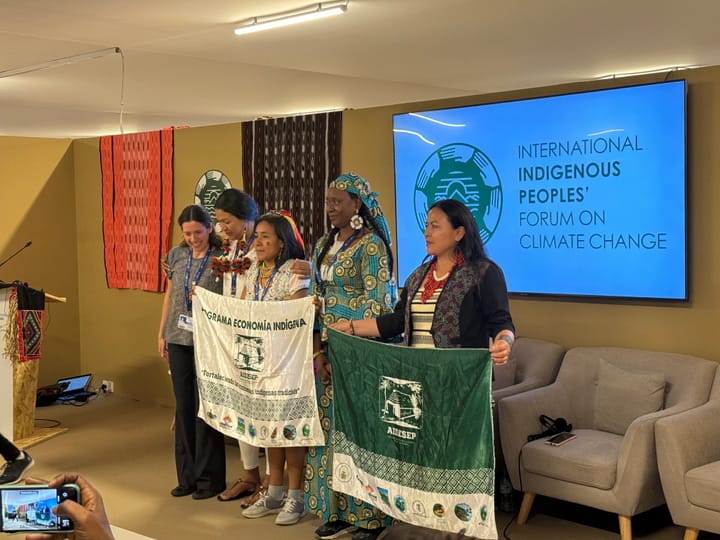
Fredi Ponce Parra, a student at the College of St. Benedict and St. John's University, writes about how Indigenous women made their voices heard at COP28 in Dubai.

Nuclear at a Crossroads, Part VI: Experts say low uranium prices, the high cost of recycling, and fears of proliferation have all factored into the decision.
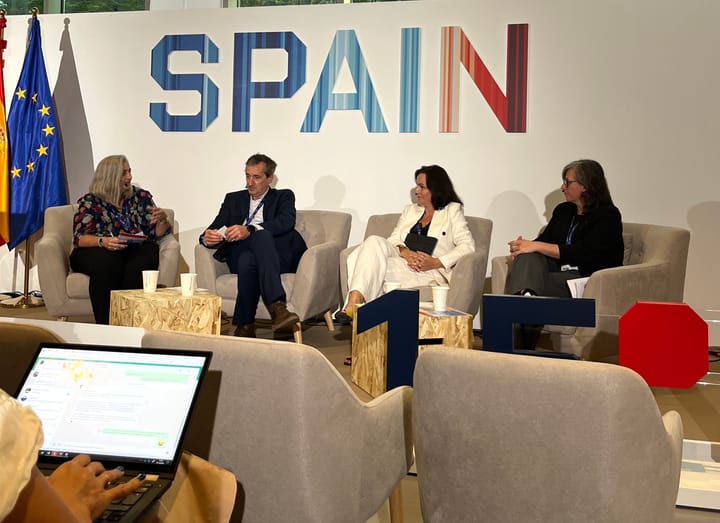
Kathryn Boyer, a student at the College of St. Benedict and St. John's University, writes about the intersection of her research and the real world from the COP28 conference.

Project Optimist readers and staff marvel at the beauty of winter.

Thanks to a grant from Arts Midwest, Project Optimist will feature essays, visual art, and design about connecting with the natural world in 2024.
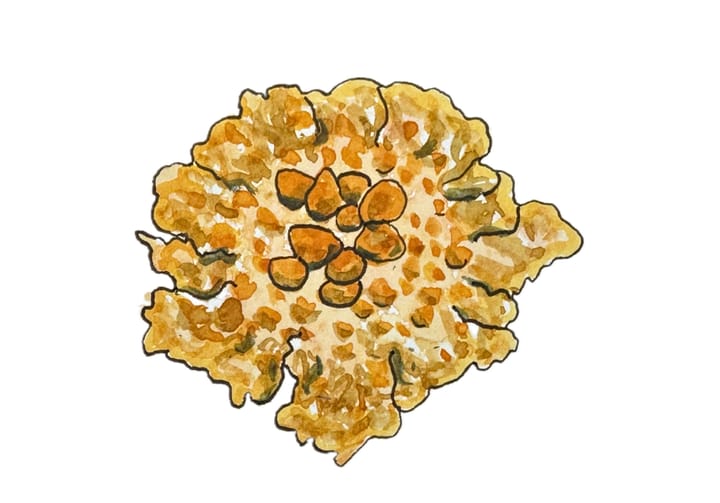
While often overlooked, lichen are prevalent in Minnesota, with an estimated 700 to 800 species in the state.
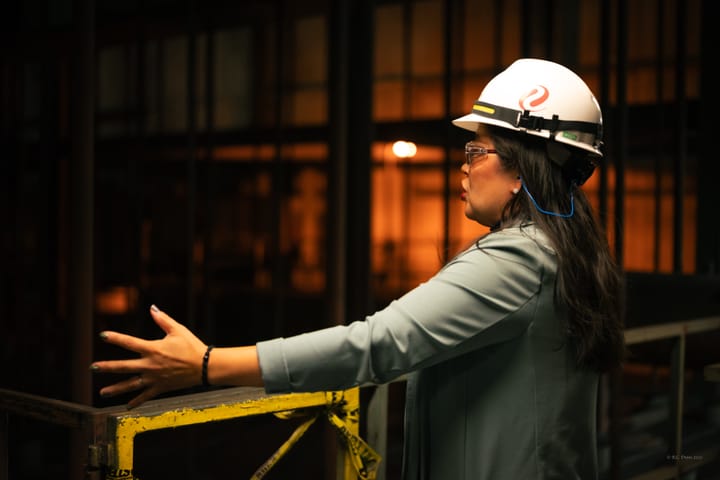
It’s the beginning of the end for the coal-fired units at Sherco power plant as the first of three units powers down.